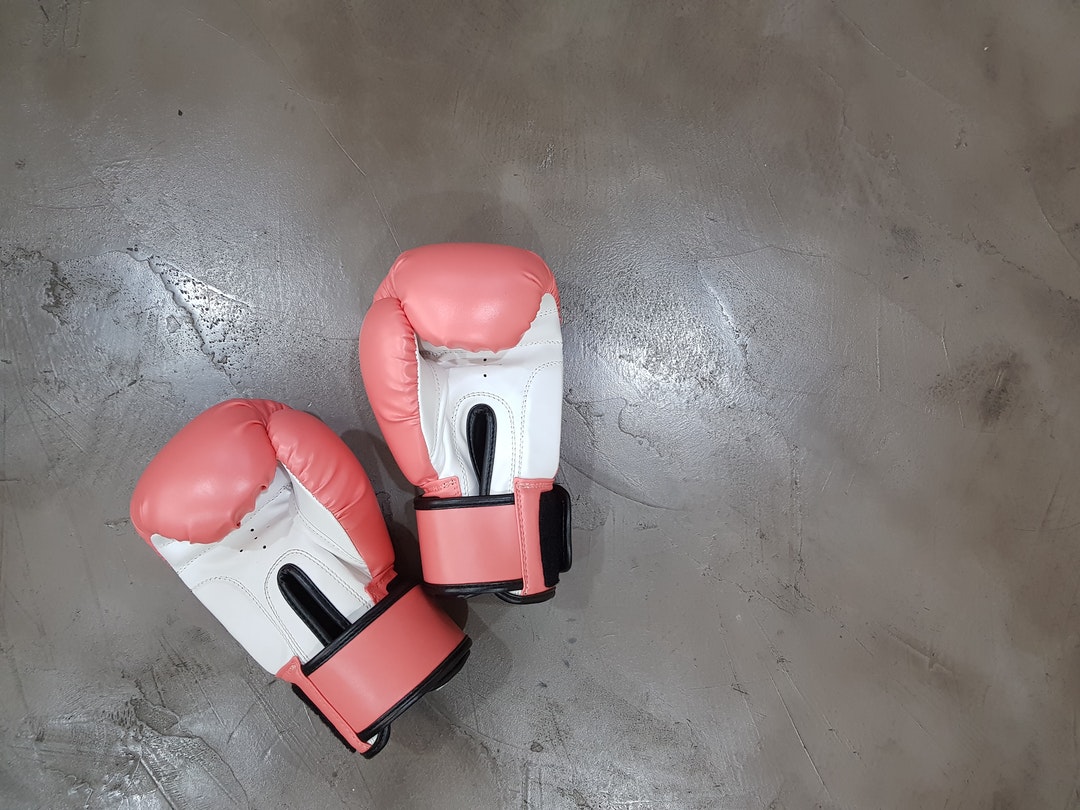- Do you often report neck pain while looking upwards or sideways?
- Do you also experience pain in the neck while waking in the morning?
Well, if yes is your answer, then the following post is for you.
Before, moving further, it is equally important to understand that you’re priceless
The neck is most susceptible to pain.
But, why?
Well, you should know that the pain in the neck originates from muscles, tendons, and ligaments as they are usually considered to be the soft tissues adjoining the most important backbone of the body that is “cervical spine”.
How to Remove Neck Pain – 4 Tips Not to Miss
Let’s now read about the tips:-
Don’t carry your weight on one side of the body
How often do you carry heavyweight such as briefcase etc on one side of the body? Well, chances are that you unknowingly carry the same for hours together. Well, it has side effects as the uneven load lets one side of your shoulder droop, thus giving undue pressure and strain on the muscles of your neck.
What should you do?
Well, the best thing you can do for a healthy beginning is to make use of the bag pack, which you can easily carry behind your back. Yes, that’s a smarter way. Yes, it distributes the weight on either side, giving you an easier way Similarly, carry only your essentials, that will further minimize the pressure on your body and you feel relaxed a lot, amidst the cumbersome professional life.
If possible, always sleep on your back
Do you know that your spine needs comfort and rest? Well, obviously, since the spine is the backbone of your body equally maintains the position and posture of your body. While you rest, the spine should be in a perfect position to rest as well. Now, few people put a pillow below each arm to lessen the strain off their neck. Well, you can do as well, if it helps. Well, furthermore, you can even try Laser Acupuncture Pen, as it helps in reducing pain and assists in the regeneration of cells by improving the circulation of blood too.
Get a new pillow
There is a big percentage of people who often feel uneasy due to stiff nick while getting up in the morning?
So, what you should do?
Well, always remember, that your cervical spine is best when it rests in its neutral alignment. Yes, as long as the curves of your neck is maintained, so you have nothing to worry about. You may have got an idea about the position of your neck, get a new pillow if the previous one isn’t able to do justice to your body.
Talk less on phone :
Do you know that while talking on your phone many times, you unknowingly try to support your handset with your shoulder tip, thus straining your neck? Well, yes. It happens as it disturbs the natural alignment of your neck, thus giving you serious issues if it continues unabated. Well, always try to talk in a way, where your neck should be aligned on the top of your shoulders, in its natural form.
Hydrate your body well :
Do you know that as your body is hydrated well, it directly hydrates the discs present between vertebrae in your neck? You should know that these discs comprise of water, so when your body has enough water, they become strong.
So, how many liters of water you should drink?
Well, you should ideally consume 8 liters of water on a daily basis.
This is how you can follow on the tips to remove neck pain and get a healthier life every day.
Read Also :






















